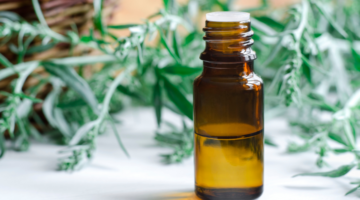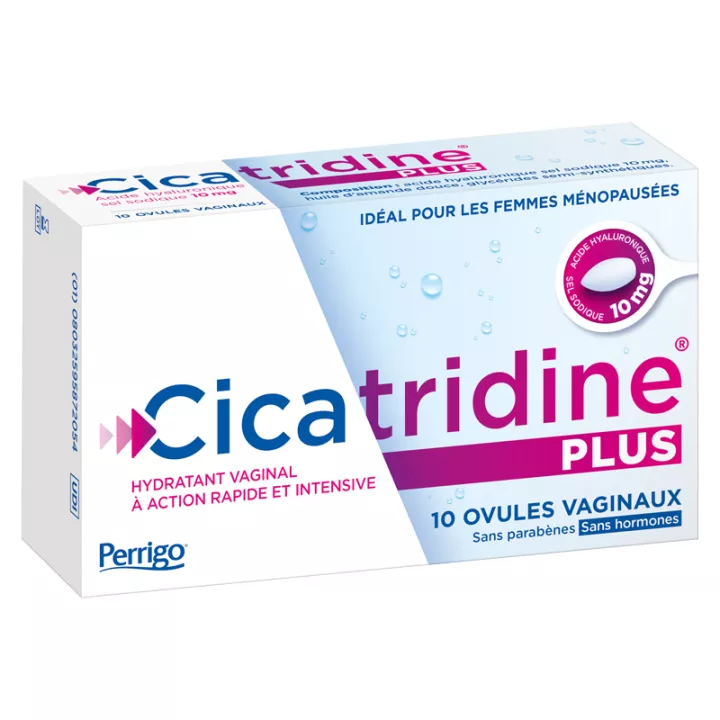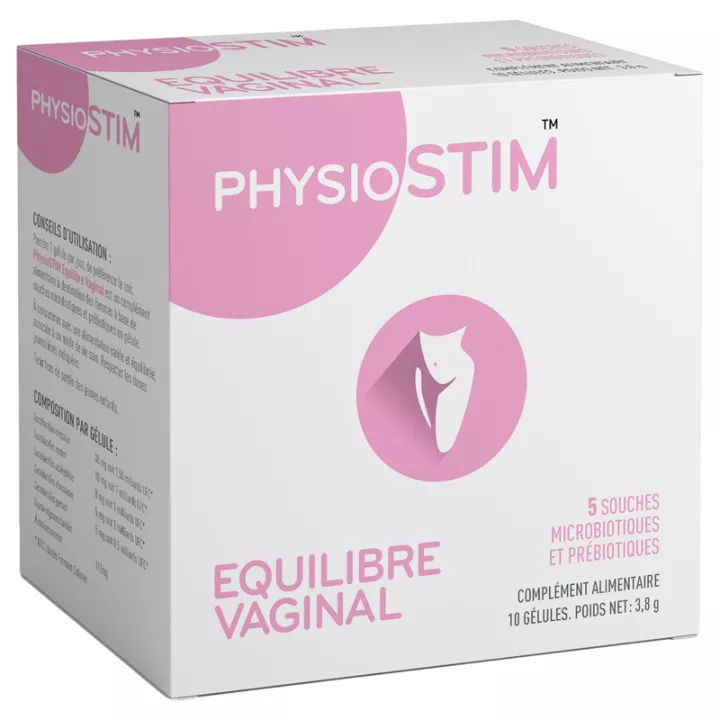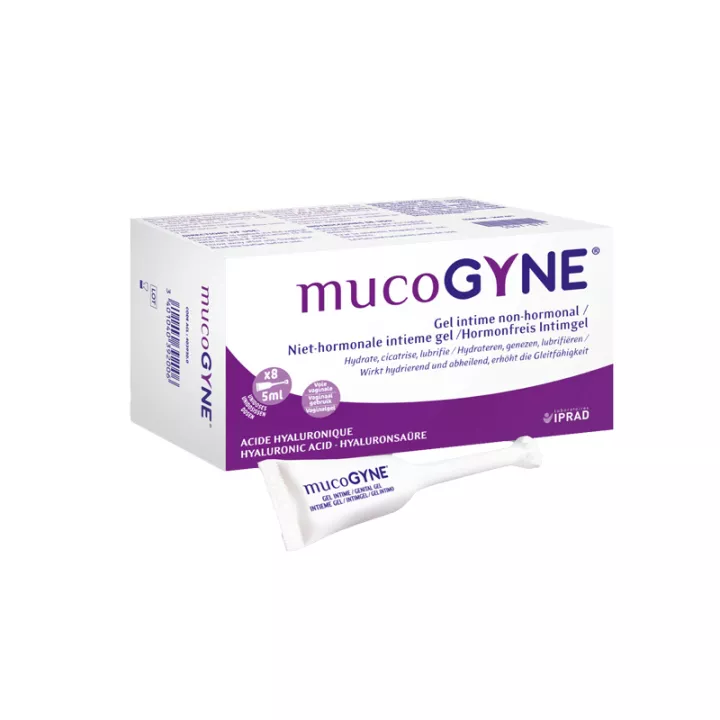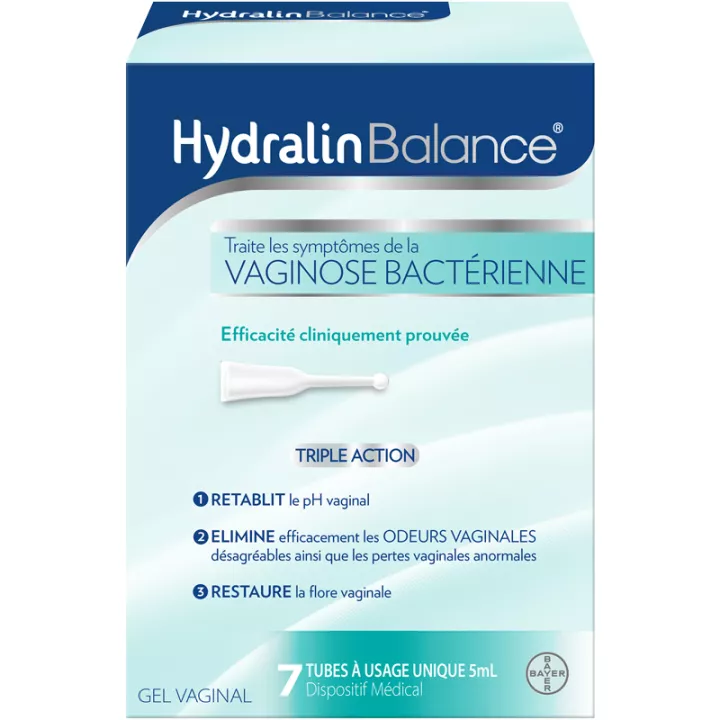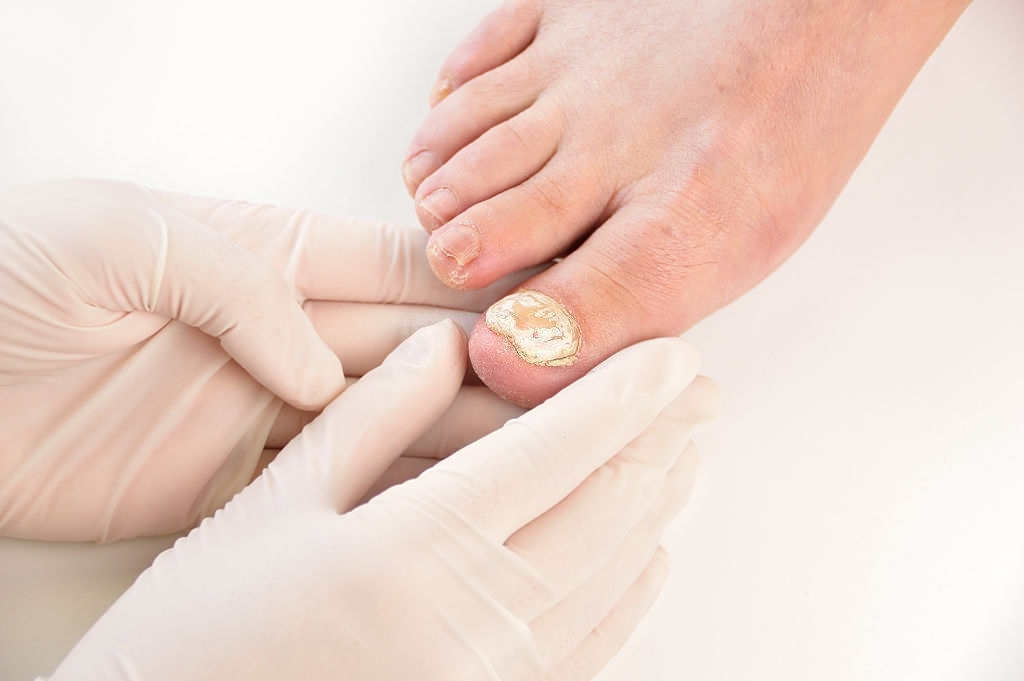NOTICE
ANSM - Last updated: 06/04/2017
Name of the medicinal product
MYCOHYDRALIN 500 mg vaginal tablet
clotrimazole
framed
Please read this leaflet carefully before you start using this medicine because it contains important information for you.
You should always use this medication exactly as prescribed in this leaflet or by your doctor or pharmacist.
· Keep this leaflet. You might need to read it again.
· Ask your pharmacist for advice or information.
· If you experience any side effects, talk to your doctor or pharmacist. This also applies to any side effects not mentioned in this leaflet. See section 4.
· You should contact your doctor if you experience no improvement or feel less well after 7 days.
What is in this leaflet?
1. What is MYCOHYDRALIN 500 mg vaginal tablet and in which cases is it used?
2. What should I know before using MYCOHYDRALIN 500 mg vaginal tablet?
3. How to use MYCOHYDRALIN 500 mg vaginal tablet?
4. What are the possible side effects?
5. How to store MYCOHYDRALIN 500 mg vaginal tablet?
6. Package contents and other information.
1. WHAT MYCOHYDRALIN 500 MG, Vaginal Tablet AND WHAT IT IS USED FOR?
LOCAL ANTIFUNGAL (G: Genitourinary system and sex hormones).
This medication is indicated for the treatment of sensitive yeast vaginal mycosis (microscopic fungal diseases).
In case of associated vulvar infection, it is recommended to complete the vaginal treatment by applying a 1% clotrimazole cream to the lesions.
This medication is for adults only.
You should contact your doctor if you experience no improvement or feel less well after 7 days.
2. BEFORE YOU USE MYCOHYDRALIN 500 mg vaginal tablet?
Never use MYCOHYDRALIN 500 mg, vaginal tablet:
· if you are allergic to the active substance or to any of the other ingredients of this medication mentioned in section 6.
This medication MUST NOT BE USED with a male condom or latex diaphragm.
Warnings and Precautions
Talk to your doctor or pharmacist before using MYCOHYDRALIN 500 mg vaginal tablet .
Warnings
DO NOT SWALLOW, TABLET MUST BE PLACED AT THE BOTTOM OF THE VAGIN.
If you experience any of the following symptoms before or during the use of MYCOHYDRALIN 500 mg vaginal tablet, ask your doctor for advice:
· Fever, nausea, vomiting
· Low abdominal pain
· Back or shoulder pain
· Vaginal secretions with bad odors
· Vaginal haemorrhage
Precautions for use
In case of candidiasis, it is advised not to use a soap with acid pH (pH favoring the multiplication of Candida).
Vaginal douches should be avoided.
The use of internal buffers, spermicides, preservatives or diaphragms should be avoided during treatment with MYCOHYDRALIN 500 mg vaginal tablet (risk of rupture of the condom or diaphragm).
It is recommended to avoid sexual intercourse in case of vulvo-vaginal mycosis in order to reduce the risk of infection of the partner.
Your doctor may also treat your sexual partner to avoid recontamination.
Treatment may result in local burning sensations and increased itching. Generally, these phenomena yield spontaneously to the continuation of the treatment. If symptoms persist beyond 24 to 48 hours, consult your doctor.
children
Not applicable.
Other medicines and MYCOHYDRALIN 500 mg, vaginal tablet
Do not use with spermicidal products (risk of inactivation) or with a latex condom or diaphragm (risk of rupture of the condom or diaphragm).
Clotrimazole is likely to interact with the metabolism of Tacrolimus and Sirolimus. To prevent any risk of overdose with Tacrolimus or Sirolimus, tell your doctor or pharmacist before using Mycohydralin.
Inform your doctor or pharmacist if you are using, have recently used or could use any other medicines.
MYCOHYDRALIN 500 Mg, vaginal tablet with food, drink and alcohol
Not applicable.
Pregnancy and breast feeding
The use of MYCOHYDRALIN 500 mg vaginal tablet is possible during pregnancy. However, as a precautionary measure, it is best to avoid using the product during the first trimester of pregnancy.
During pregnancy and as a precautionary measure, use of the applicator is not recommended.
It is possible that clotrimazole passes into breast milk. As a precaution, breast-feeding should be discontinued for the duration of treatment.
If you are pregnant or breastfeeding, think you may be pregnant or plan a pregnancy, ask your doctor for advice or pharmacist before using this medication.
Driving and using machines
Not applicable.
3. HOW TO USE MYCOHYDRALIN 500 Mg, Vaginal Tablet?
Always use this medication exactly as prescribed in this leaflet or as directed by your doctor or pharmacist. Check with your doctor or pharmacist if in doubt.
Dosage
Vaginal, DO NOT SWALLOW.
Single administration of a tablet at night to be placed at the bottom of the vagina.
If the symptoms persist beyond 3 days, a second vaginal tablet may be administered.
If symptoms persist beyond 7 days, consult your doctor.
Always use this medication exactly as prescribed by your doctor or pharmacist. Check with your doctor or pharmacist if in doubt.
Administration mode
· Application without applicator:
After thorough washing of the hands, deeply insert the tablet into the vagina, preferably in the extended position. The easiest way to do this is to lie down on your back with your knees folded away.
· Use with applicator:
Use the applicator to introduce the tablet into the vagina preferably in the evening at bedtime.
1- Remove the applicator from its packaging. Pull piston (A) up to the stop. Remove the tablet from its blister pack and press it 1 cm into the applicator (B) so that the rounded part of the tablet is on the outside of the applicator. |  |
2- Place the applicator at the entrance of the vaginal opening and then insert it deep into the vagina, preferably in the extended position. The easiest way to do this is to lie down on your back with your knees folded away. 3- Hold the applicator in this position and then press the plunger (A) so that the tablet is placed in the vagina. Gently remove the applicator. |  |
4- After use, clean the applicator thoroughly with hot water (not boiling). To do this, completely remove the stem A from the applicator B, beyond the stop. The applicator should not be thrown into the toilet. |  |
If you have used more than MYCOHYDRALIN 500 mg vaginal tablet you should not have
No cases of overdose have been reported to date.
If you forget to use MYCOHYDRALIN 500 mg, vaginal tablet
Not applicable.
If you stop using MYCOHYDRALIN 500 Mg, Vaginal Tablet
Not applicable.
If you have any further questions on the use of this medication, ask your doctor or pharmacist.
4. WHAT ARE POSSIBLE SIDE EFFECTS?
Like all medicines, this medicine may cause side effects, although not everybody gets them.
· Itching, redness, rash,
· Vaginal irritation, burning sensation, swelling,
· Reduced blood pressure, loss of consciousness,
· Sensation of choking,
· Vaginal bleeding, local pain, discomfort,
Declaration of side effects
If you experience any side effects, talk to your doctor or pharmacist. This also applies to any side effects not mentioned in this leaflet. You can also report adverse reactions directly via the national reporting system: National Agency for the Safety of Medicines and Health Products (ANSM) and network of Regional Centers of Pharmacovigilance - Website: www.ansm.sante.fr
By reporting adverse reactions, you are helping to provide more information about the safety of the drug.
5. HOW TO STORE MYCOHYDRALIN 500 mg vaginal tablet?
Keep this medicine out of the reach and sight of children.
Do not use this medicine after the expiry date which is stated on the carton after EXP. The expiry date refers to the last day of that month.
No special storage conditions.
Do not throw any medicines into drains or rubbish. Ask your pharmacist to remove any medications you are no longer using. These measures will help protect the environment.
6. PACKAGE CONTENTS AND OTHER INFORMATION
What MYCOHYDRALIN 500 Mg contains, vaginal tablet
· The active substance is:
Clotrimazole ................................................. .................................................. 500 mg
For a vaginal tablet.
· The other ingredients are: lactose, corn starch, lactic acid, magnesium stearate, anhydrous colloidal silica, crospovidone, hypromellose, microcrystalline cellulose, calcium lactate.
What MYCOHYDRALIN 500 Mg Vaginal Tablets and Contents Of The Package
This medication is in the form of a vaginal tablet. Box of 1 tablet with applicator.
Marketing Authorization Holder
BAYER HEALTHCARE SAS
220 avenue de la Recherche
59120 LOOS
Marketing Authorization Operator
BAYER HEALTHCARE SAS
33 rue de l'Industrie
74240 GAILLARD
Maker
BAYER AG
51368 LEVERKUSEN
GERMANY
Names of the medicinal product in the Member States of the European Economic Area
Not applicable.
The last date on which this leaflet was revised is:
[to be completed later by the holder]
<{MM / YYYY}> <{YYYY month}.>
Other
Detailed information on this medicine is available on the ANSM website (France).
Health Education Council:
Vulvovaginal mycoses are frequent infections of the mucous membranes in the intimate parts of the woman (vulva and vagina) caused most often by a fungus called Candida albicans. This fungus is naturally present in the body but certain factors can cause an abnormal proliferation of the fungus and lead to an infection. This imbalance of the vaginal flora results in vaginal mycosis that can be associated with mycosis of the vulva.
Factors that may favor the development of vulvo-vaginal mycosis are numerous:
· Taking certain medications: antibiotics, corticosteroids etc.
· Diabetes
· Hormonal factors: hormonal contraception, menopause, pregnancy
· Inadequate hygiene
b / How to recognize vulvo-vaginal mycosis?
The main symptoms of vaginal mycosis are:
· itching
· Burning sensation of the intimate parts
· Loss of white color
· Pain during or after sexual intercourse
c / Advice on vulvo-vaginal mycosis:
· Intimate toilet with a basic soap. Avoid acid soaps whose pH promotes the multiplication of candida albicans.
· The use of internal buffers, spermicides, preservatives or diaphragms should be avoided during treatment with MYCOHYDRALIN 500 mg vaginal tablet (risk of rupture of the condom or diaphragm).
· It is recommended to avoid sexual intercourse in case of vulvo-vaginal mycosis in order to reduce the risk of infection of the partner.
d / Tips for preventing vulvo-vaginal mycosis:
· Avoid too detergent soaps, excessive hygiene, vaginal douching and intimate sprays.
· In order to avoid recontamination, the treatment of the sexual partner should be considered.
